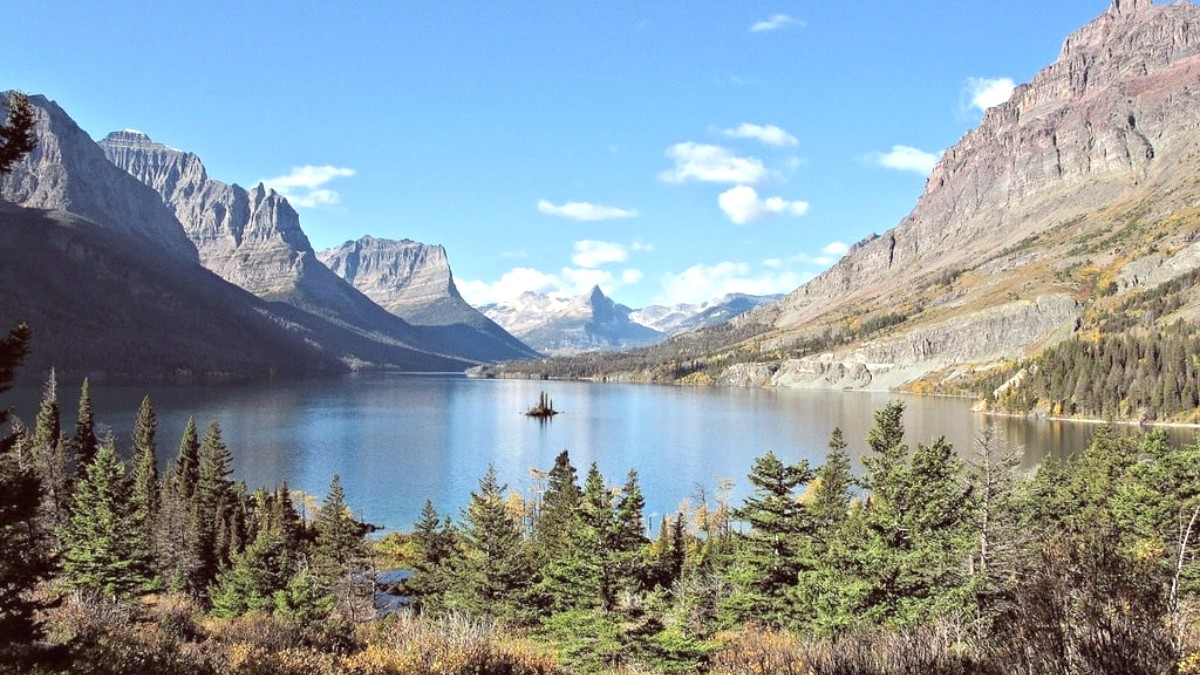
Alberta, Canada
Daytime temperatures typically range from 20-25°C (68-77°F) in summer. Humidity levels remain low, making the warm days comfortable. Daylight hours extend significantly, with June seeing up to 17 hours of light. Precipitation occurs, often as short thunderstorms.
Temperatures gradually cool, with daytime highs usually between 10-18°C (50-64°F). Mornings are crisp, and evenings require warmer clothing.
The chance of early snow increases towards late October. Beautiful autumn foliage is visible.
Warmest weather, outdoor activities, numerous festivals. Long daylight hours. Accommodation prices increase, and popular attractions experience more crowds.
Fewer crowds, milder temperatures, potentially lower prices for flights and lodging. September and October reveal beautiful autumn foliage. May offers pleasant weather before the summer rush. Weather can be variable, requiring flexible clothing.
Lowest prices for accommodation and flights.
Ideal for winter sports enthusiasts.
Distinct cultural experience at winter festivals like Ice on Whyte.
Fewer tourists create a calmer environment at indoor attractions.
Very cold temperatures and shorter daylight hours. Proper winter clothing is necessary.
Winter months can bring prolonged periods of extreme cold and wind chill. This necessitates multiple layers of warm clothing, including insulated outerwear, hats, gloves, and warm boots. Monitor local weather forecasts.
In summer, smoke from distant wildfires across Western Canada can occasionally impact air quality. Check the Air Quality Health Index (AQHI) for local conditions. If the AQHI is high, limit outdoor activity, especially if you have respiratory sensitivities. Summer afternoons can also bring severe thunderstorms.
Outdoor exploration, festivals, and patio dining thrive in warm weather and long daylight hours. Seek shelter indoors during thunderstorms.
Skiing, snowboarding, ice skating, and northern lights viewing await in cold weather. For northern lights, travel outside city limits on a clear, cold night.
September and early October reveal beautiful autumn colors in the river valley and surrounding areas.
Travel requirements vary by nationality. Prepare both physical and digital copies.
Generally, no special permits are needed for typical tourism activities within Edmonton or its immediate vicinity. Canada does not impose specific health-related entry requirements beyond standard health checks at the border.
United States citizens generally require only a valid passport for entry into Canada. No visa or eTA is needed for air travel if entering directly from the United States or for land/sea entry from any country.
Citizens of visa-exempt countries (excluding the United States) who travel to Canada by air require an Electronic Travel Authorization (eTA). This authorization is processed online and costs CAD $7. It links electronically to your passport and remains valid for five years or until your passport expires.
Citizens of countries not on the eTA list must apply for a Temporary Resident Visa (TRV) at a Canadian embassy, high commission, or consulate in their home country. Processing times vary significantly by country and can take several weeks or months. Plan well in advance for TRV applications.
Ensure you have the following readily accessible for smooth entry.
Standard for good service, higher for exceptional.
Common for drivers.
For services like luggage handling or daily room cleaning.
Explore this market for fresh produce, artisan goods, and often delicious, affordable prepared foods.
Another great option for fresh produce and local treats, supporting local vendors.